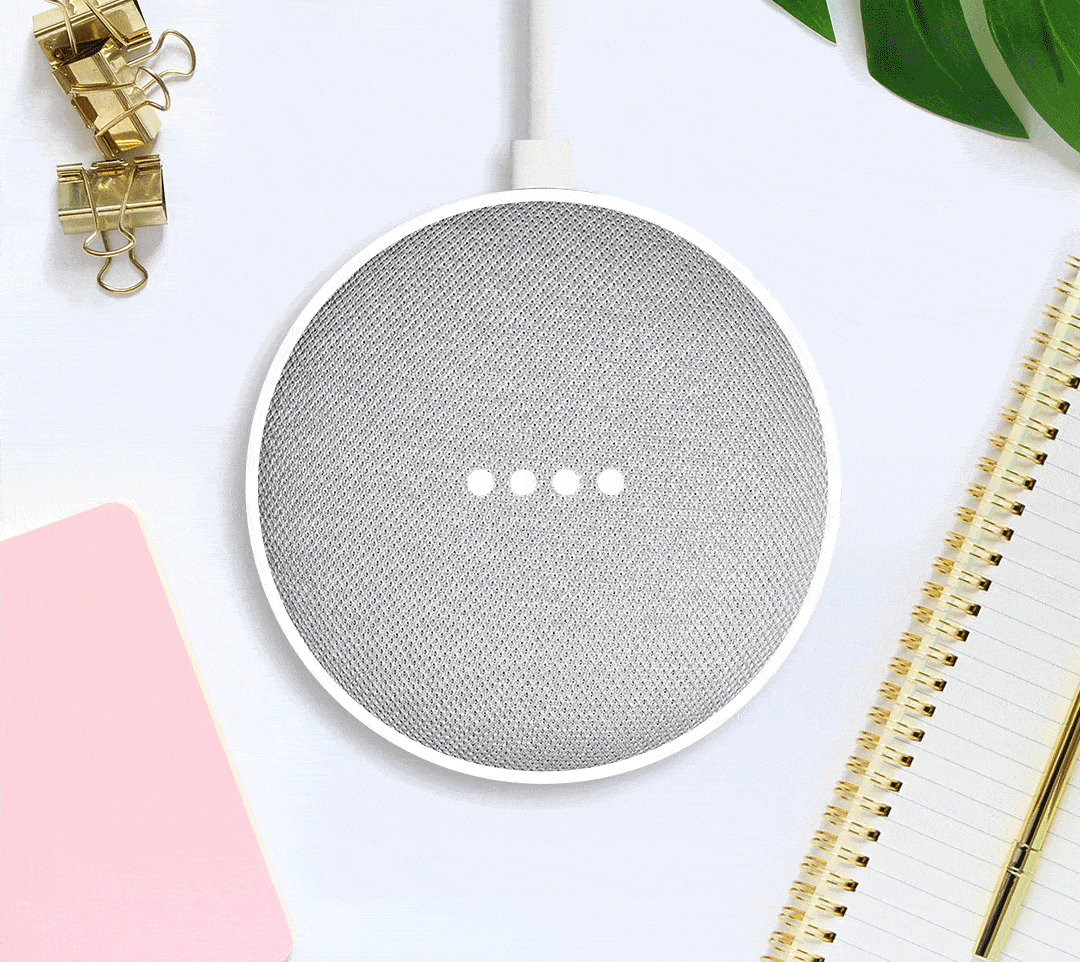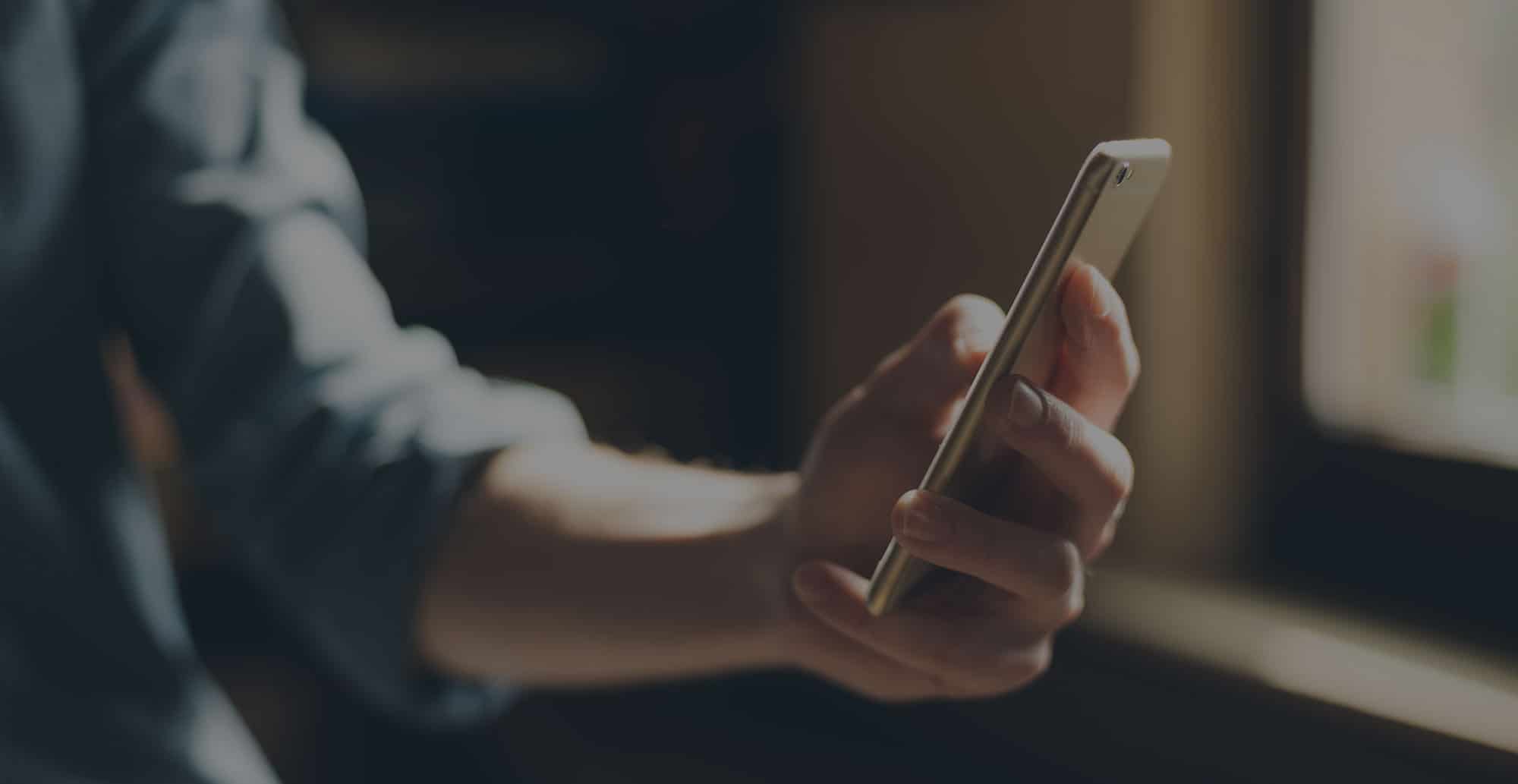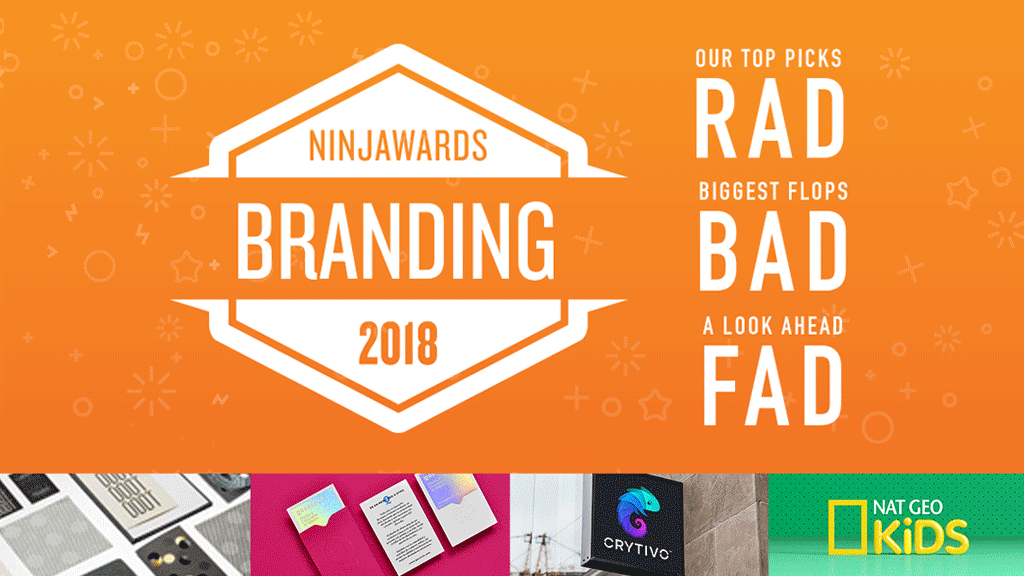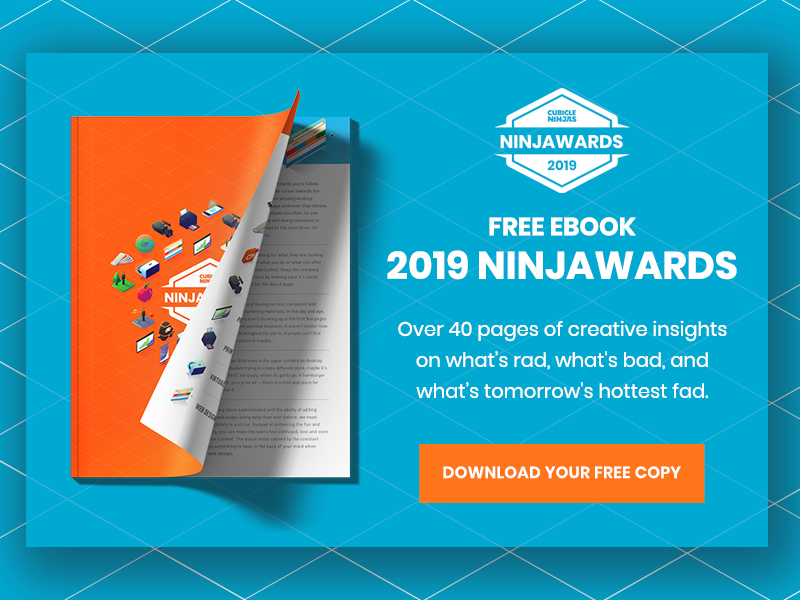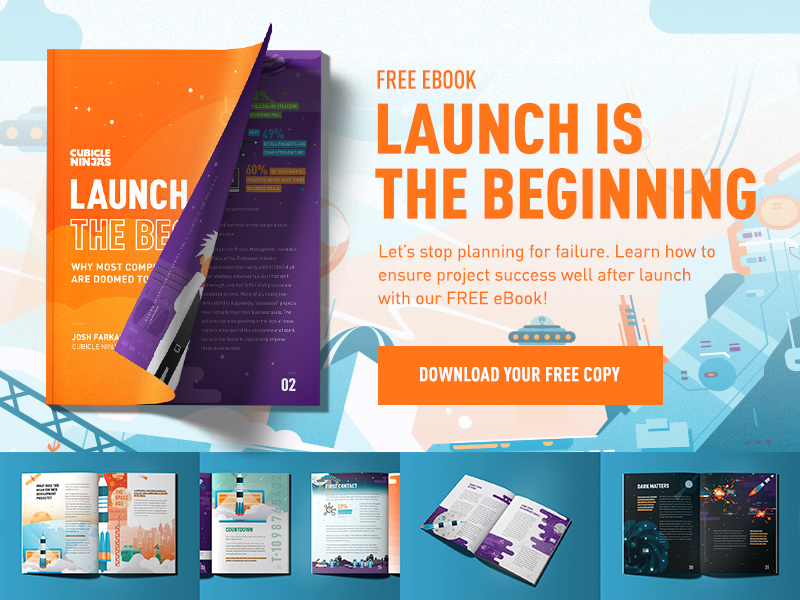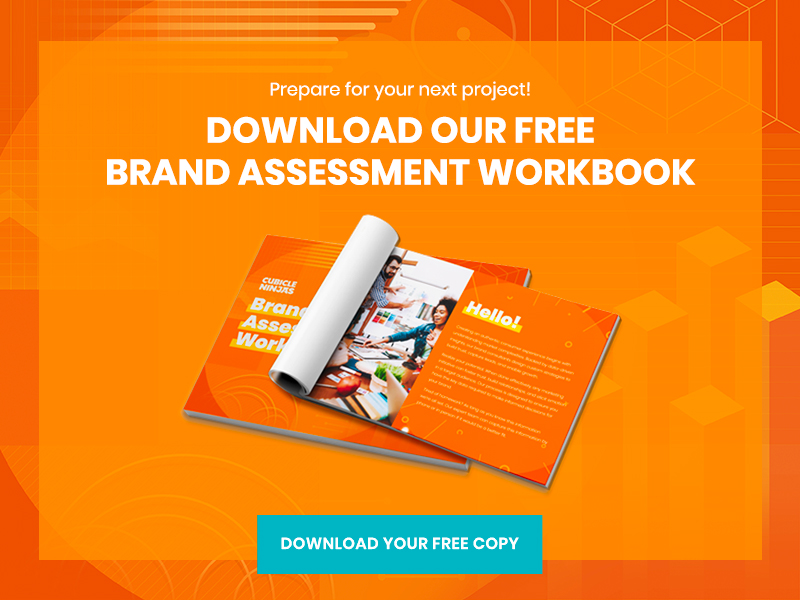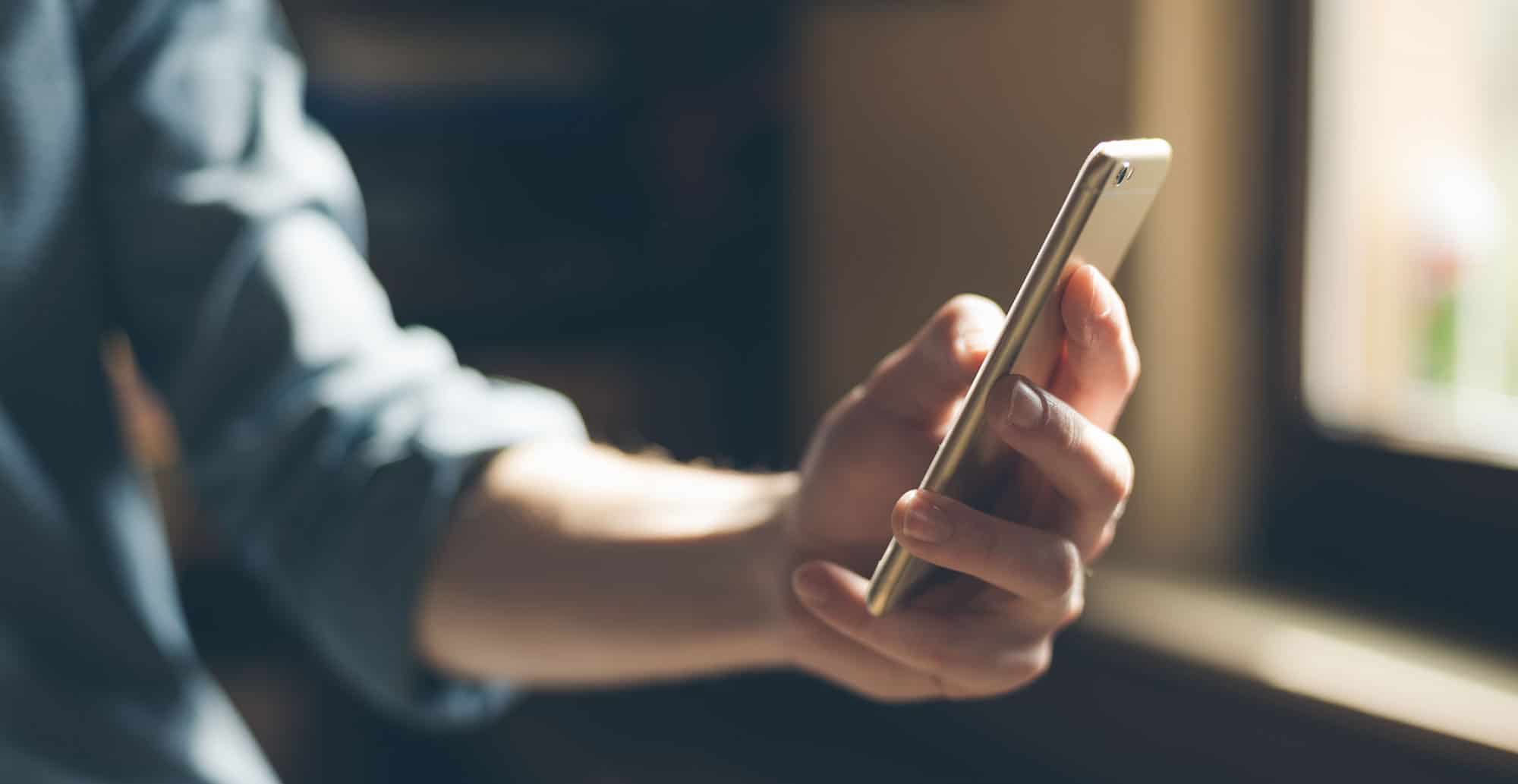

Functional Animation
With the growth of digital interaction, animation has become one of the more impactful app design trends. Users have come to expect visual feedback to confirm interactive success or failure when making choices in-app. Motion is sure to remain a powerful mobile application design tool in 2018.
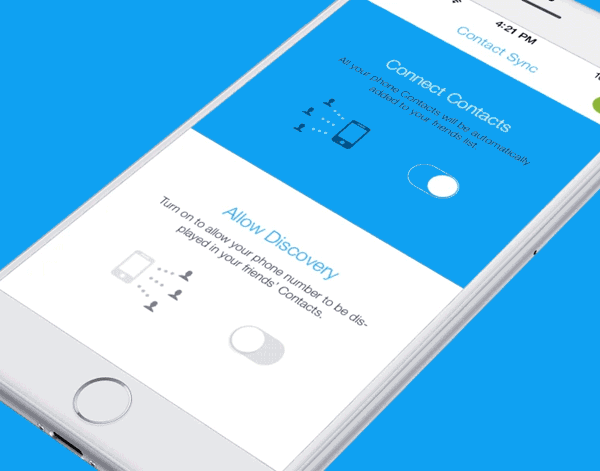
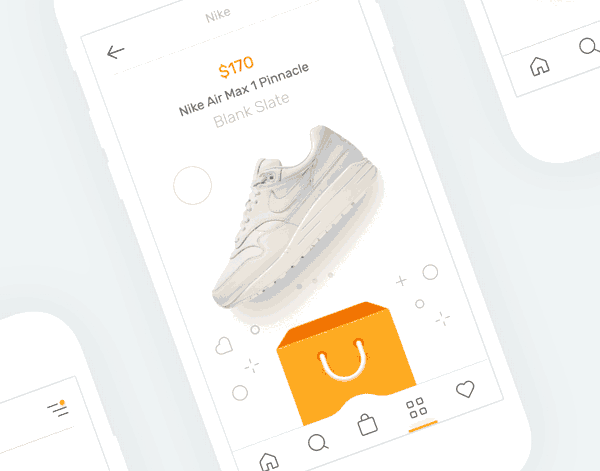

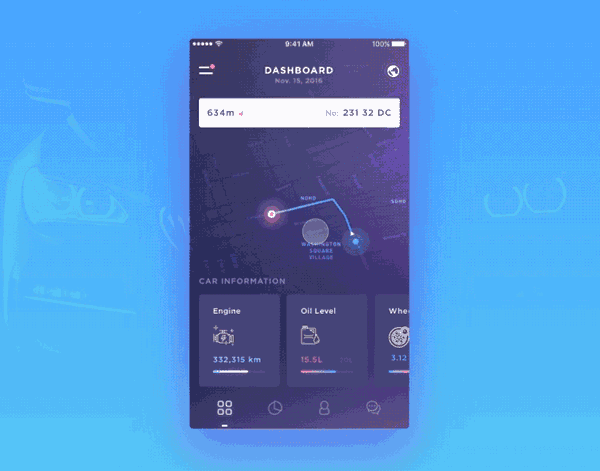
Material Design
Google’s brainchild has become a core principle of application design. In 2017, we saw this staple expand with a more liberal use of grid layouts, responsive animations, and added depth. It’s safe to conclude that apps will continue to feel even more layered and tactile in the year ahead.
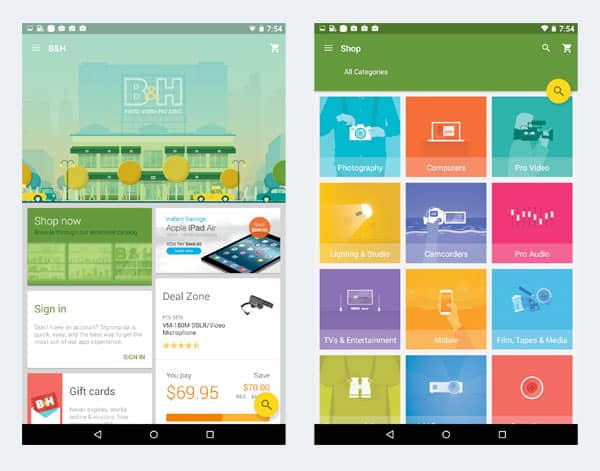
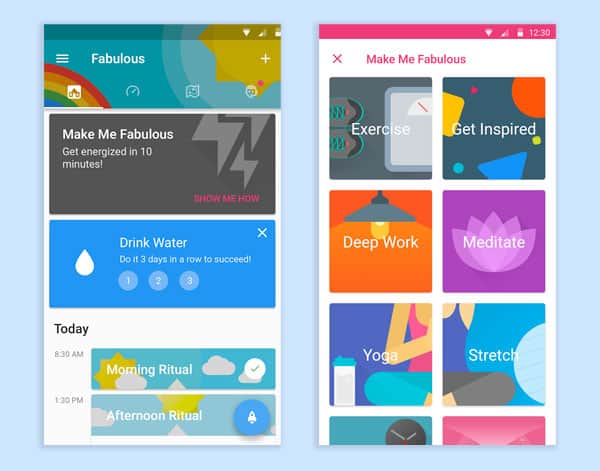
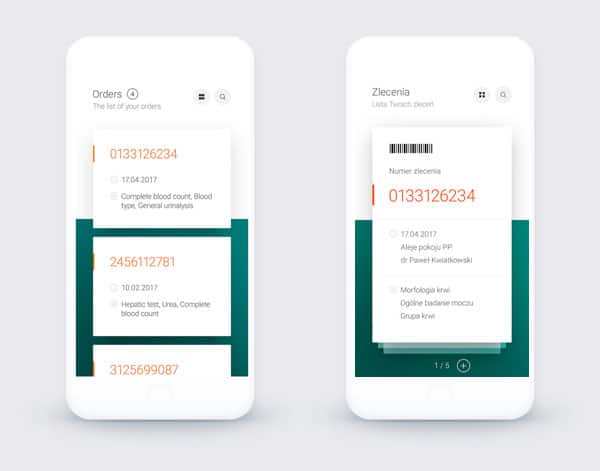

Design for Bigger Screens
It’s no secret that our mobile devices are steadily increasing in size. As screens grow larger than ever, designers must ensure that their work fits the canvas. The best mobile application design offerings will factor in thumb reach for a good user experience.

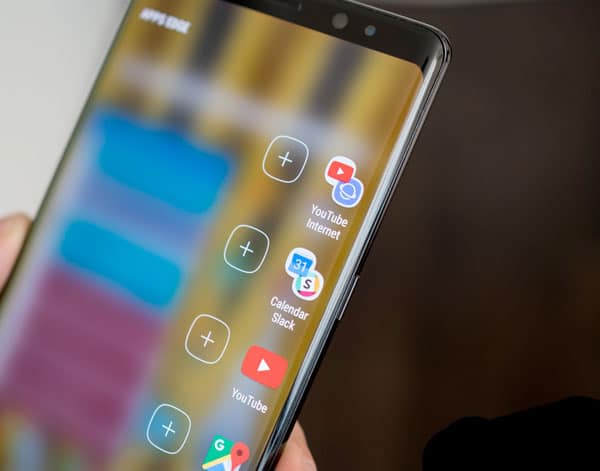
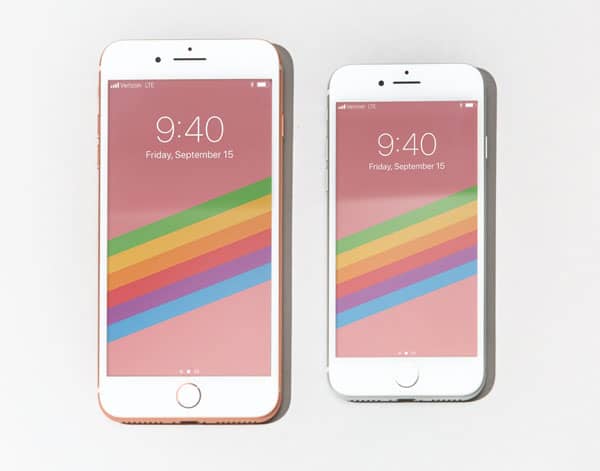
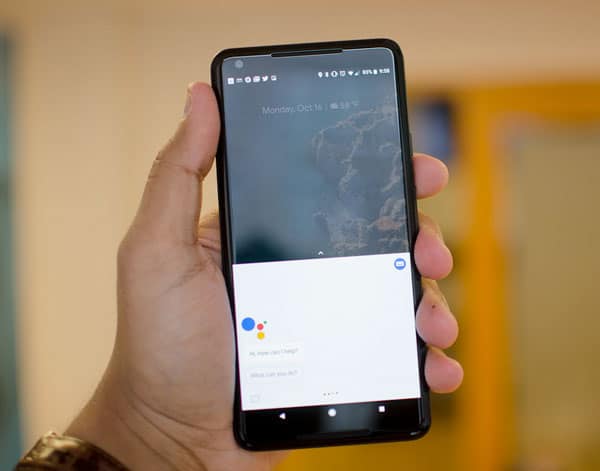
Experimental Layouts
One of the biggest challenges in mobile application design is balancing a beautiful layout with effortless usability. More inventive structures have quickly topped the list of app design trends and are raising the bar. 2018 is sure to see an increase in fresh user experiences with unique points of view.
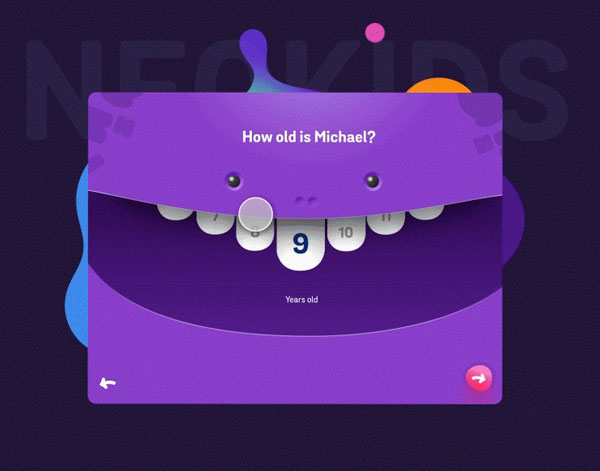
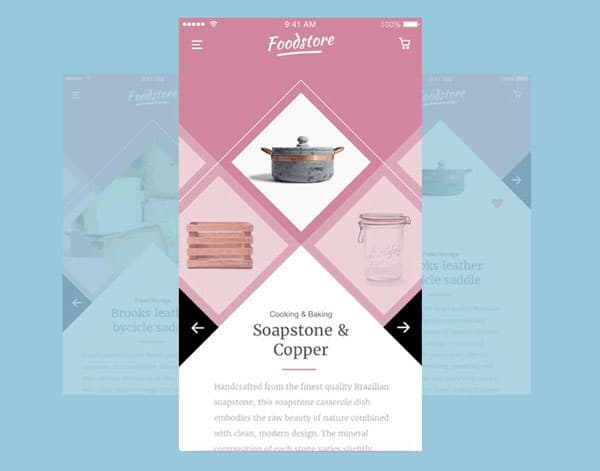



…Experimental Layouts?
Call us hypocrites, but it’s important to note that invention for invention’s sake does not ensure success. While unique mobile layouts are gaining traction among app design trends, usability goals must not be neglected.
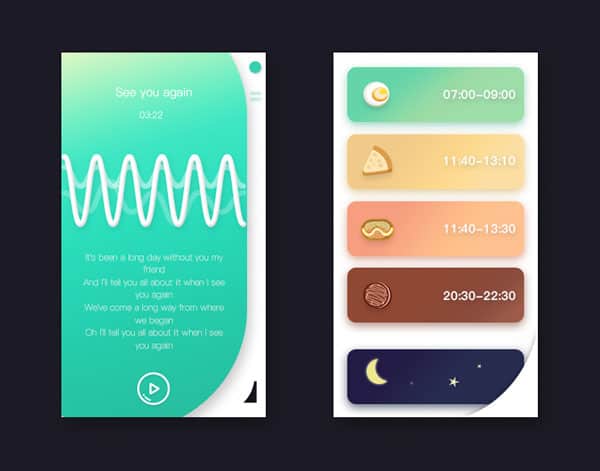
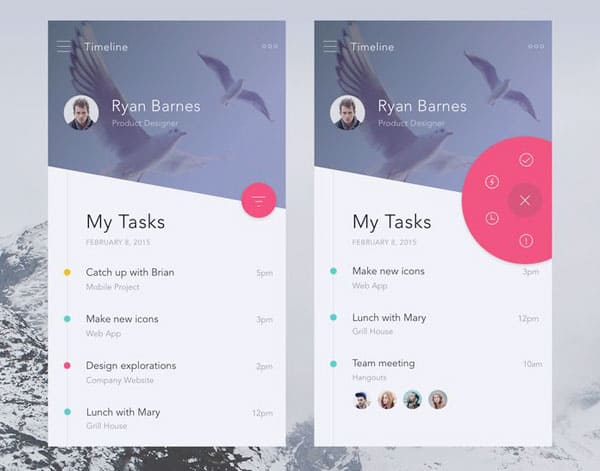

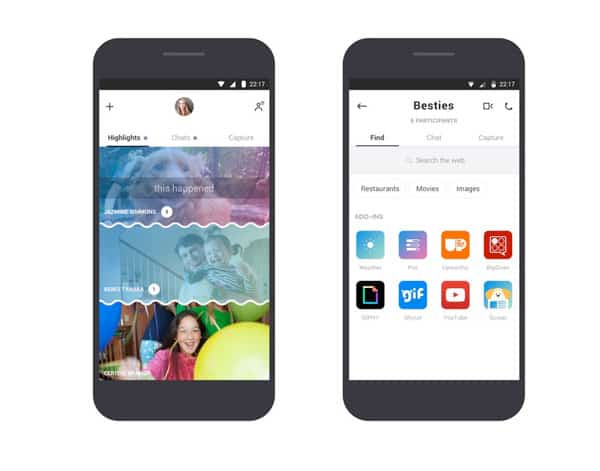
Poor Tap Targets
With more interactive tools at our fingertips than ever before, it’s incredibly frustrating when your fingers don’t fit! Targets designed too small and too close together can be infuriating, especially for users with larger fingers.
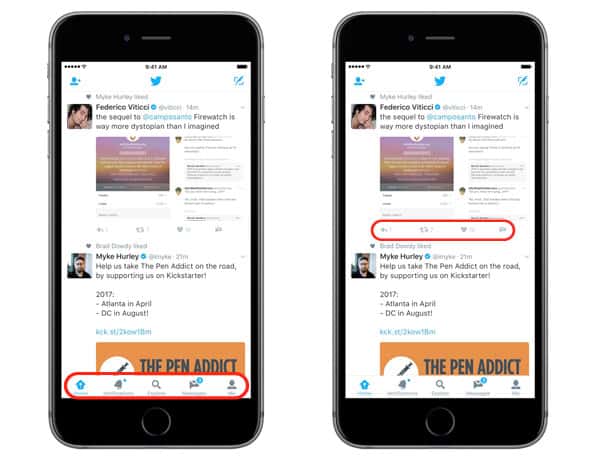

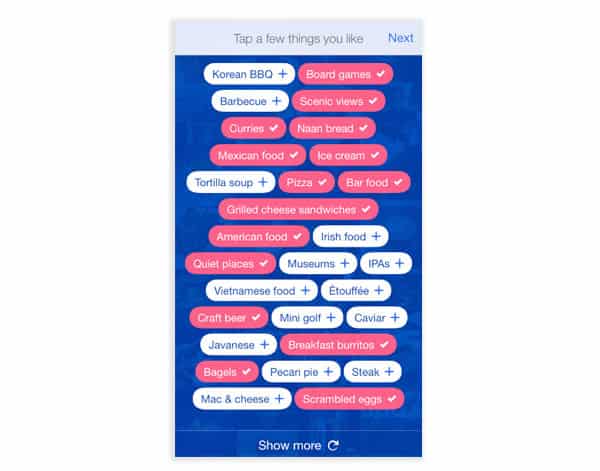

Splash Screens
While splash screens certainly put your brand in front of the consumer, they are little more than a usability roadblock. They slow down the user’s experience AND the app’s loading time in one fell swoop. In 2018, let’s stop wasting the user’s time and deliver more value upfront.

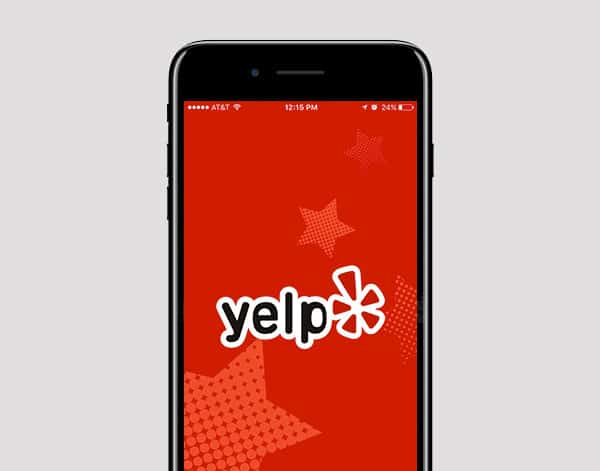
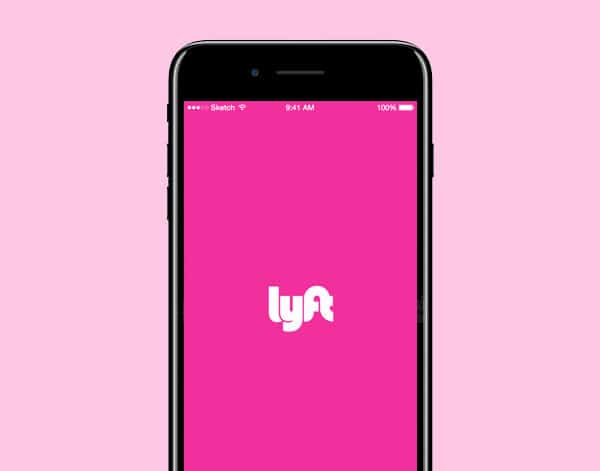
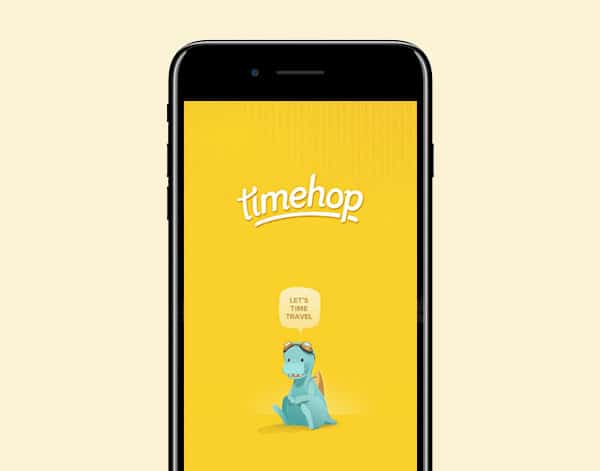
iPhone X Notch
Apple’s new iPhone X introduced an unpopular screen layout that has thrown designers for a loop. The controversial camera notch has created interesting rendering issues for apps that don’t accommodate it. On the other hand, apps designed to work with the notch don’t look designed at all. For better or worse, the notch is likely not going anywhere anytime soon.


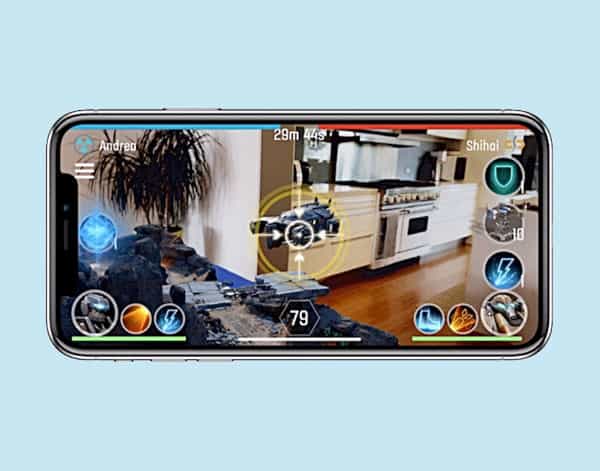

Appocalypse
The first Apple iPhone launched in 2007 and kicked off a decade of creativity and innovation we’re unable to imagine our lives without. In 2017 there were 197,000,000,000 app downloads, meaning nearly 27 app downloads for every human on Earth. And yet, people only use 30 apps monthly on average. The signal to noise for new content to gain traction in an impossibly market is challenging. For a few years we’ve recommended app startups to hold on building a mobile app unless their marketing budget equalled or surpassed their development budget, but we may have to expand this even further. Unless you have a hefty marketing budget and are adopting some new stand out phone functionality (AR or VR for example), odds are you’ll be lost in the crowd.
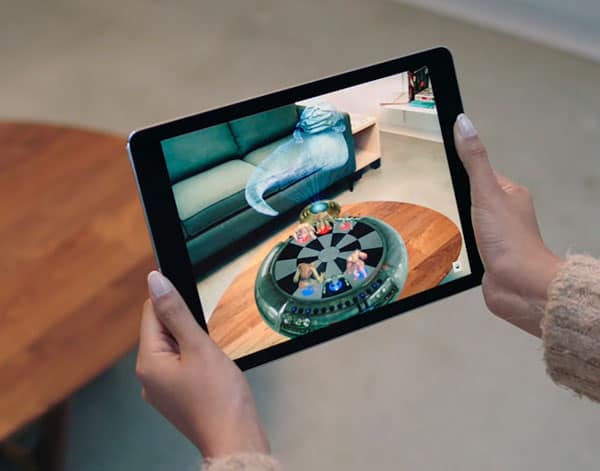
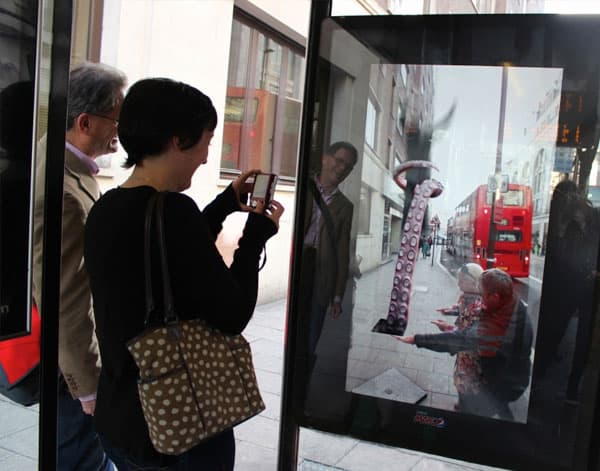

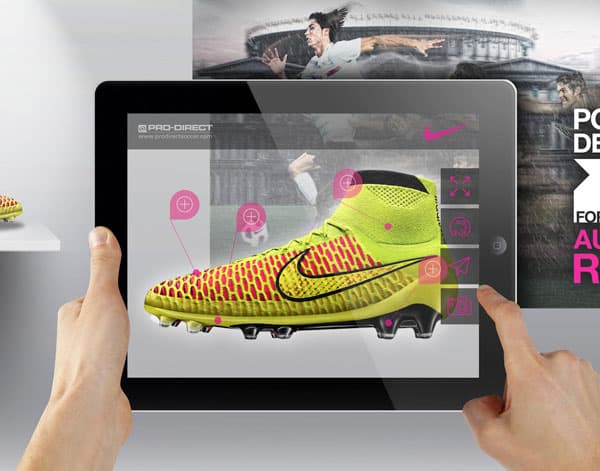

Facial Recognition
Facial recognition has not only cemented its place in application design, but is rapidly growing in accuracy. Slightly creepy, slightly genius, applications are increasingly reading and identifying faces.

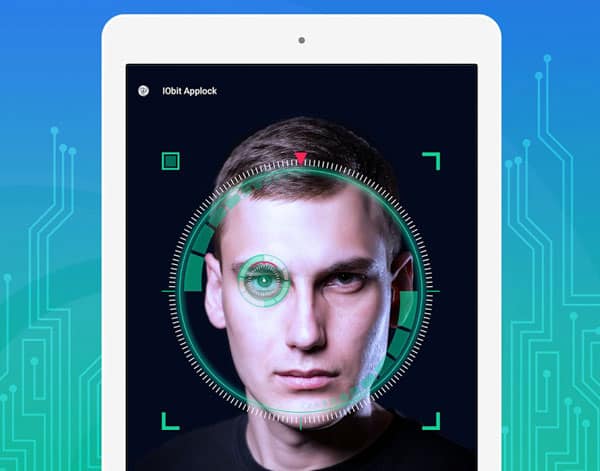

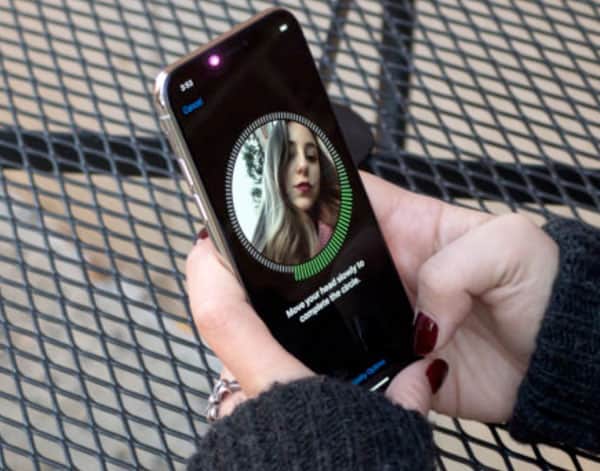
AR-Focused
Augmented reality is one of the latest trends in mobile app design, and it has come a long way. From capturing virtual pocket monsters in real life, to browsing a department store showroom from your couch, the medium continues to change the way we experience our physical world. Some of the most hotly anticipated apps of 2018 are entirely AR-based.
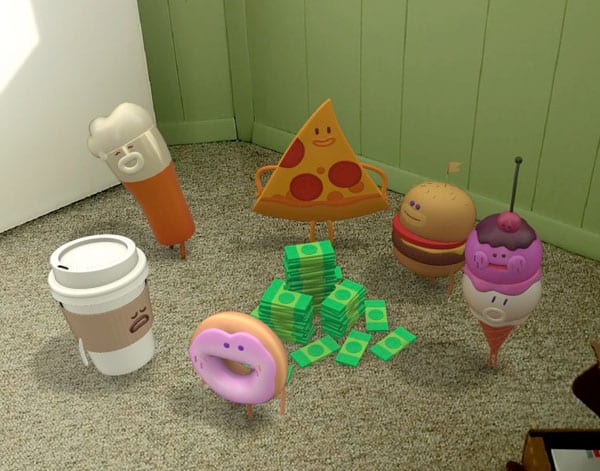
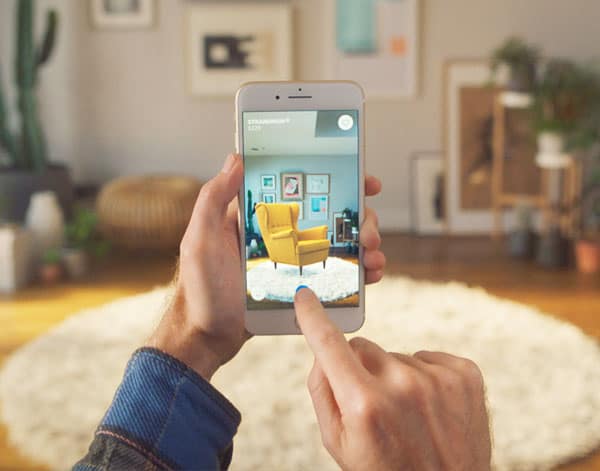
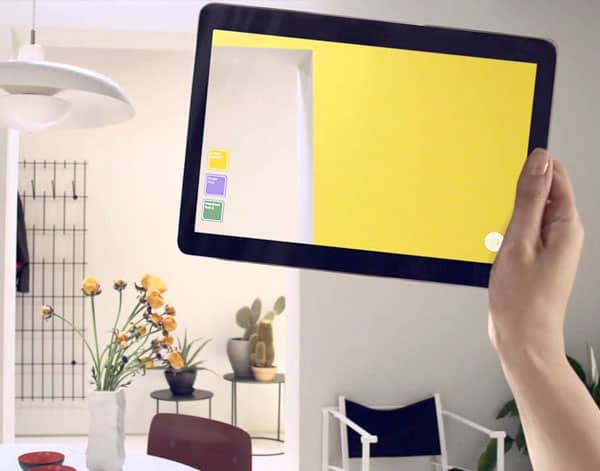
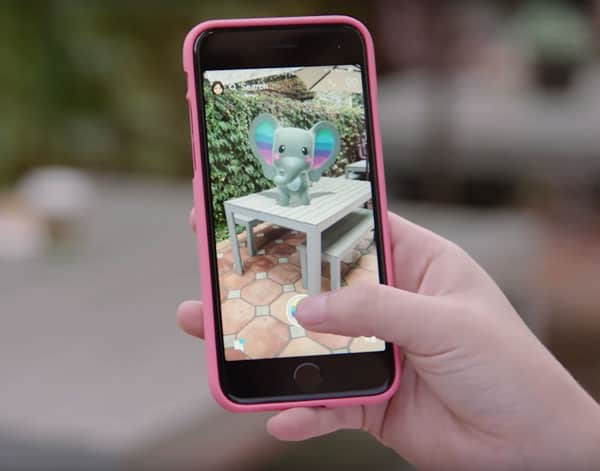
Challenging Assumptions
Imagine playing a live trivia game for real money with 1,000,000 of your closest friends? This is HQ Trivia (iOS and Android), and it has that same intoxicating feeling that great apps do, combining the urgency of live video, the exclusivity of limited access, the madness of social, and the tension of being in the hot seat. Launching mid-year, it became a cultural sensation in just a few months. But this app makes it clear: there’s untapped potential in combining technologies in new ways. There’s magic inside, so don’t remake the same tired approach as your competitors. If there was one app that truly helped us rethink the potential of mobile apps, it was this little game show that could.
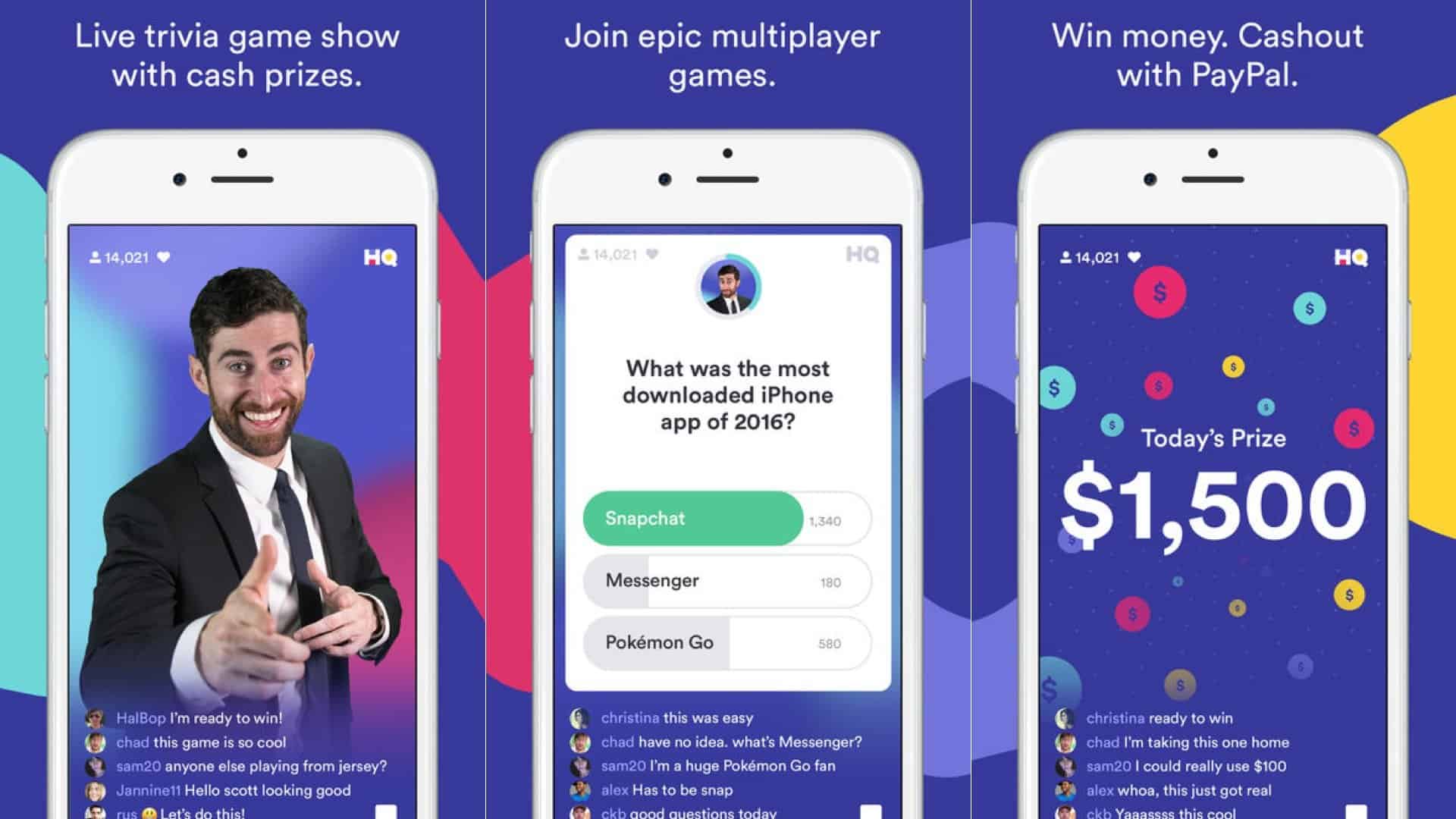
Takeaway: When it comes to application design, usability will always be king. Consumers crave fresh experiences that are simple to enjoy. In 2018, we expect mobile application design to grow in authenticity and open the door to even more possibilities.





